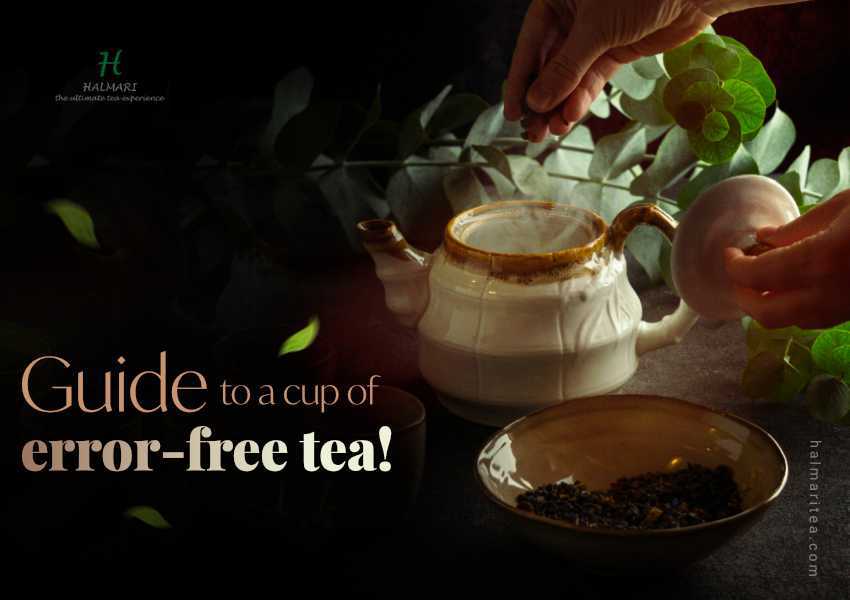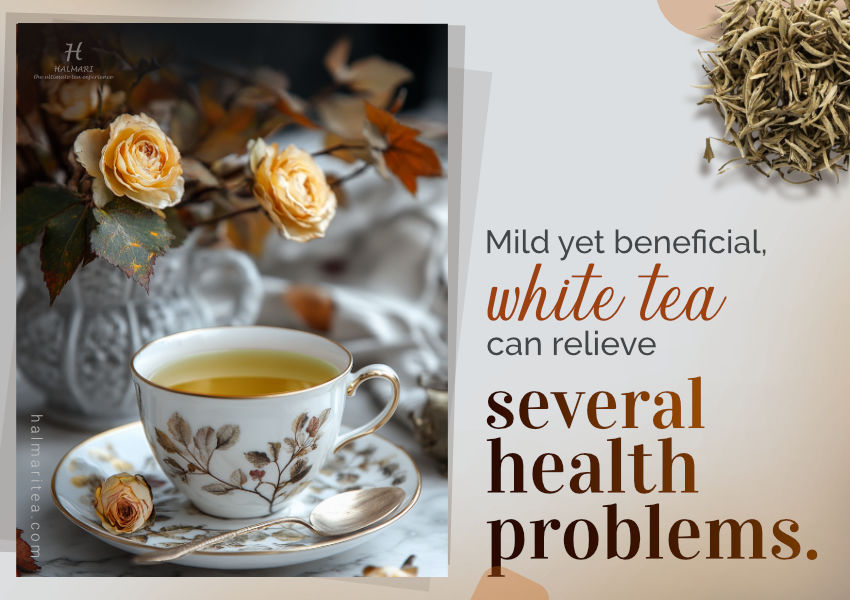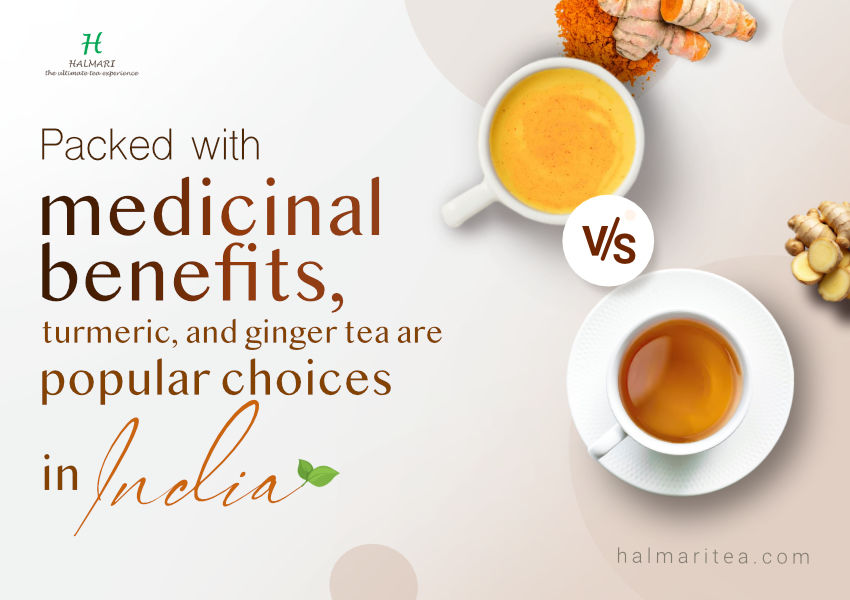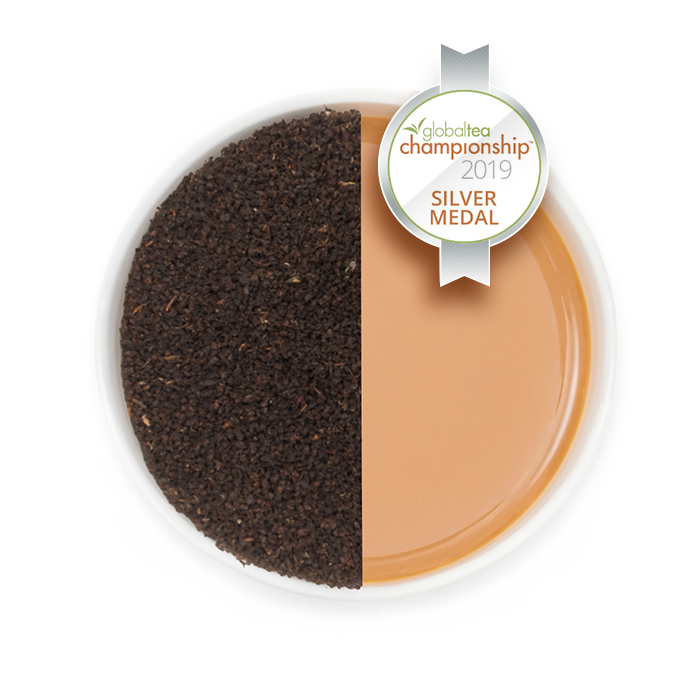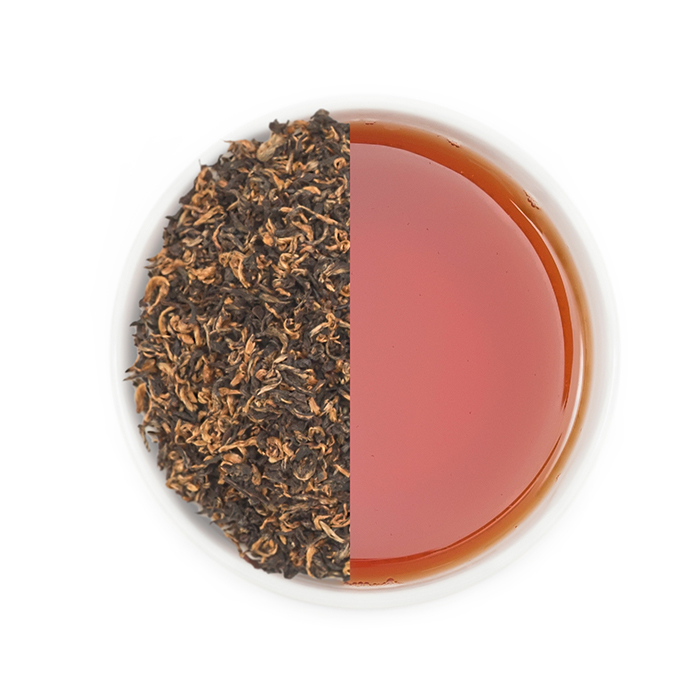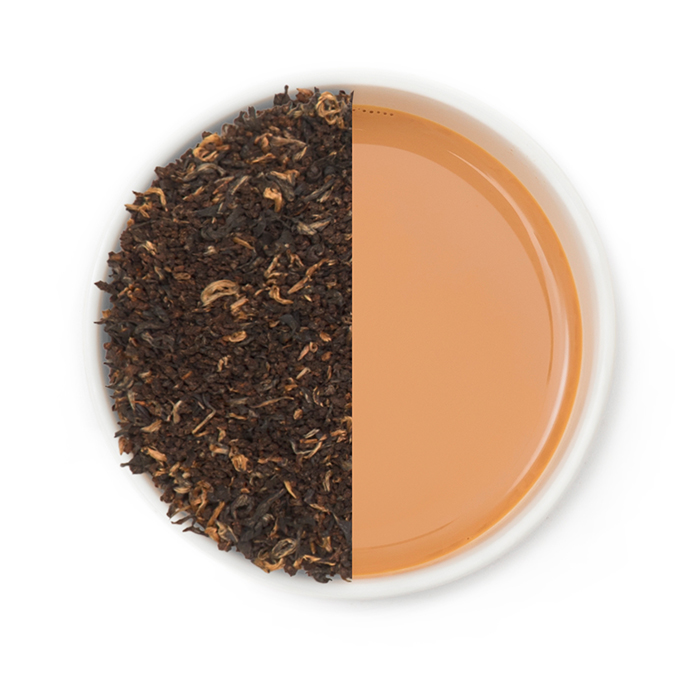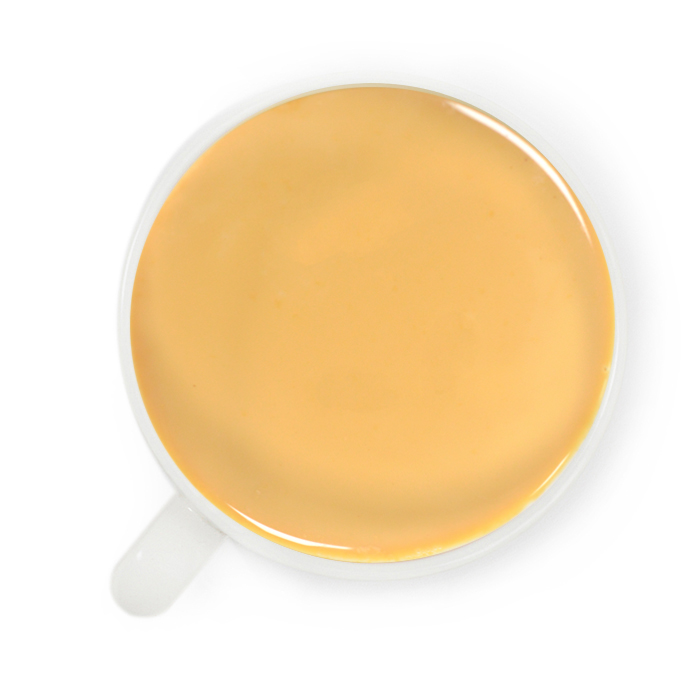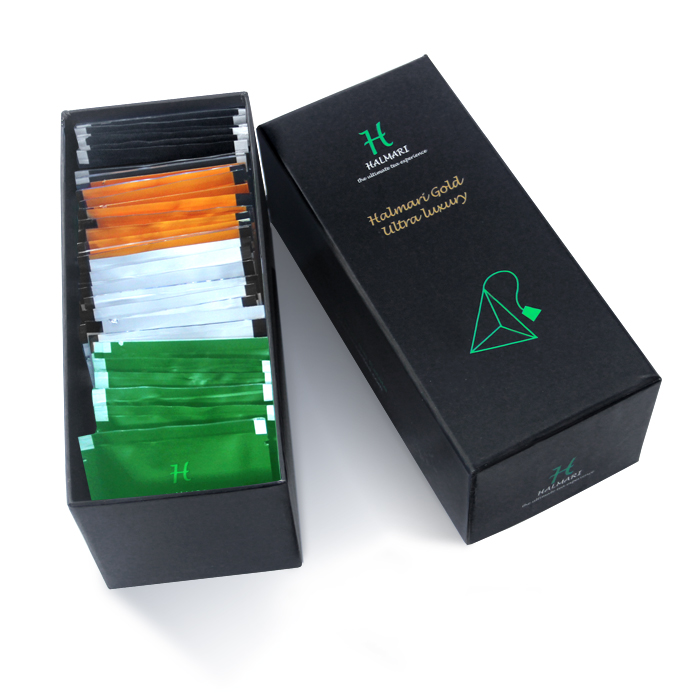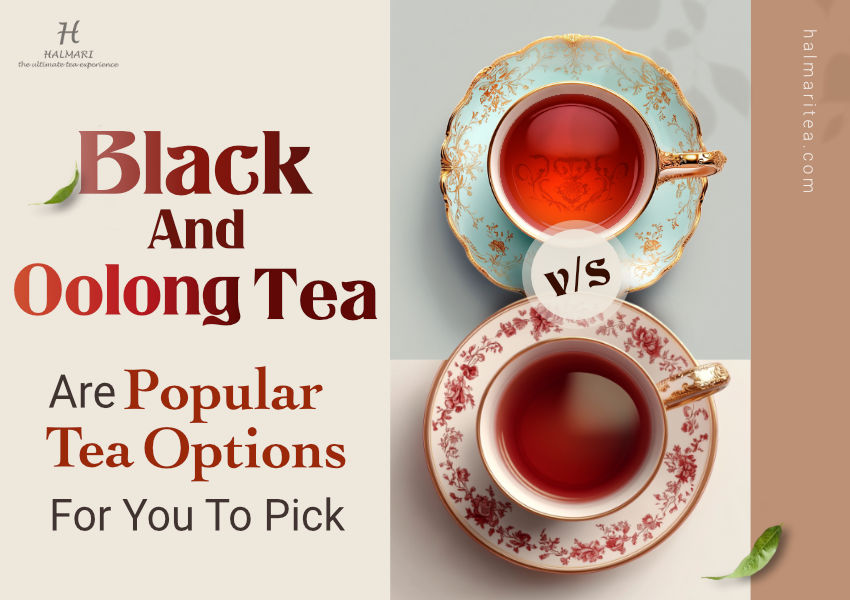Tea, the beloved beverage that has been consumed for ages, holds a special place in the hearts of people worldwide. Its soothing aroma and delicate flavors make it a go-to choice for relaxation and socializing. While preparing tea may seem like a straightforward process, many tea enthusiasts unknowingly make mistakes that can significantly impact the taste and experience. In this blog, we will explore some common mistakes people make when preparing tea and provide tips to ensure that your cup of tea is nothing short of perfect.
Overheating the Water
One of the most common mistakes in preparing tea is overheating the water. Different types of teas require specific water temperatures to extract their optimal flavors. For example, delicate green teas are best brewed at lower temperatures, typically around 170°F (77°C), to prevent the leaves from burning and becoming bitter. On the other hand, black teas and herbal teas generally need hotter water, usually around 200°F (93°C), to unlock their full potential.
Tip: Invest in a kitchen thermometer or an electric kettle with temperature settings to ensure the water reaches the right temperature for your chosen tea variety.
Inadequate water quality while preparing tea
The quality of water used in tea preparation is often overlooked but can significantly affect the taste. Tap water with a strong chlorine taste or high mineral content can overpower the delicate nuances of the tea leaves. Similarly, using water that has been sitting in the kettle for an extended period may make the tea taste stale.
Tip: Opt for filtered or spring water to enhance the flavors of your tea, allowing the true character of the tea leaves to shine through.
Using Tea Bags Incorrectly
Tea bags are a convenient option, but they need to be used correctly to avoid disappointment. Placing the tea bag in a cup and immediately pouring boiling water over it may not allow the tea leaves enough space to expand and release their full flavor potential. Moreover, some tea bags contain lower-quality tea dust rather than whole leaves.
Tip: To get the best flavor from tea bags, follow these steps: First, heat the water to the appropriate temperature. Then, place the tea bag in the cup and pour the hot water. Allow the tea to steep for the recommended time before removing the tea bag. For better quality, consider investing in pyramid-style tea bags that contain whole tea leaves.
Overstepping the Tea
Steeping time is crucial to the final taste of your tea. Steeping tea for too long can result in a bitter and astringent brew, as excessive steeping can release unwanted tannins from the tea leaves.
Tip: To avoid overstepping, set a timer based on the type of tea you are using. Generally, black teas require 3-5 minutes, green teas 2-3 minutes, white teas 4-6 minutes, and herbal teas 5-7 minutes. Adjust the steeping time to your personal preference.
Neglecting Tea-Ware
Using the right tea wares can significantly impact the tea-drinking experience. Some people may use mugs made of materials like plastic or metal, which can impart unwanted flavors to the tea. Similarly, using old, stained teapots can negatively affect the taste.
Tip: Invest in quality tea wares, such as ceramic or glass teapots and cups, which will not influence the taste of the tea. Make sure to keep them clean and well-maintained.
Sweetening the Tea Improperly
Adding sweeteners to tea is a personal choice, but it’s important not to overdo it. Using too much sugar or honey can overpower the tea’s natural flavors, making it excessively sweet.
Tip: Start with a small amount of sweetener and gradually adjust to find your desired level of sweetness. Alternatively, explore natural sweeteners like stevia or agave syrup to reduce calorie intake.
Not Experimenting with Tea Varieties
Sticking to a single type of tea can limit your experience with this diverse beverage. Many tea enthusiasts miss out on the chance to discover new and exciting flavors by not exploring different tea varieties and blends.
Tip: Be adventurous and try teas from various regions and with different ingredients. Explore the world of oolong, pu-erh, matcha, and other specialty teas to broaden your tea palate.
Using poor-quality tea leaves
Not just water, but using poor-quality tea leaves can also impact its taste. Various loose tea leaves are available in the market which do not taste natural or are not processed well. Try to avoid that.
Tip: Buy tea leaves after going through their testimonials. And to save some time we have a name for you and that is Halmari Tea. This company is well-known for producing quality tea leaves and tea bags.
Conclusion
Preparing a perfect cup of tea requires attention to detail and an understanding of the different factors that influence its taste. By avoiding these common mistakes and following the provided tips, you can elevate your tea-drinking experience and truly savor the subtle and delightful flavors that this timeless beverage has to offer. Happy tea brewing!
